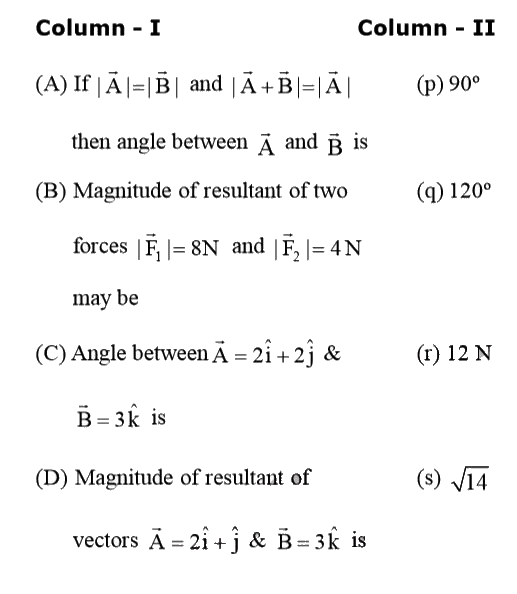Match the statement given in Column I with the phenomenon given in Column II.

(a) - (iii), (b) - (iv), (c) -(ii), (d)-(i)
Topper's Solved these Questions
- SURFACE CHEMISTRYBOOK - MODERN PUBLICATIONCHAPTER - SURFACE CHEMISTRYEXERCISE - NCERT FILE (SOLVED) (NCERT EXEMPLAR PROBLEMS) (ASSERTION AND REASON TYPE QUESTIONS)
5 Videos
- SURFACE CHEMISTRYBOOK - MODERN PUBLICATIONCHAPTER - SURFACE CHEMISTRYEXERCISE - QUICK MEMORY TEST (A. SAY TRUE OR FALSE)
7 Videos
- SURFACE CHEMISTRYBOOK - MODERN PUBLICATIONCHAPTER - SURFACE CHEMISTRYEXERCISE - NCERT FILE (SOLVED) (NCERT EXEMPLAR PROBLEMS) (SHORT ANSWER TYPE QUESTIONS)
29 Videos
- SOLUTIONSBOOK - MODERN PUBLICATIONCHAPTER - SOLUTIONSEXERCISE - UNIT PRACTICE TEST
14 Videos
Similar Questions
Knowledge Check
Match the catalyst given in Column I with the processes given in Column II.
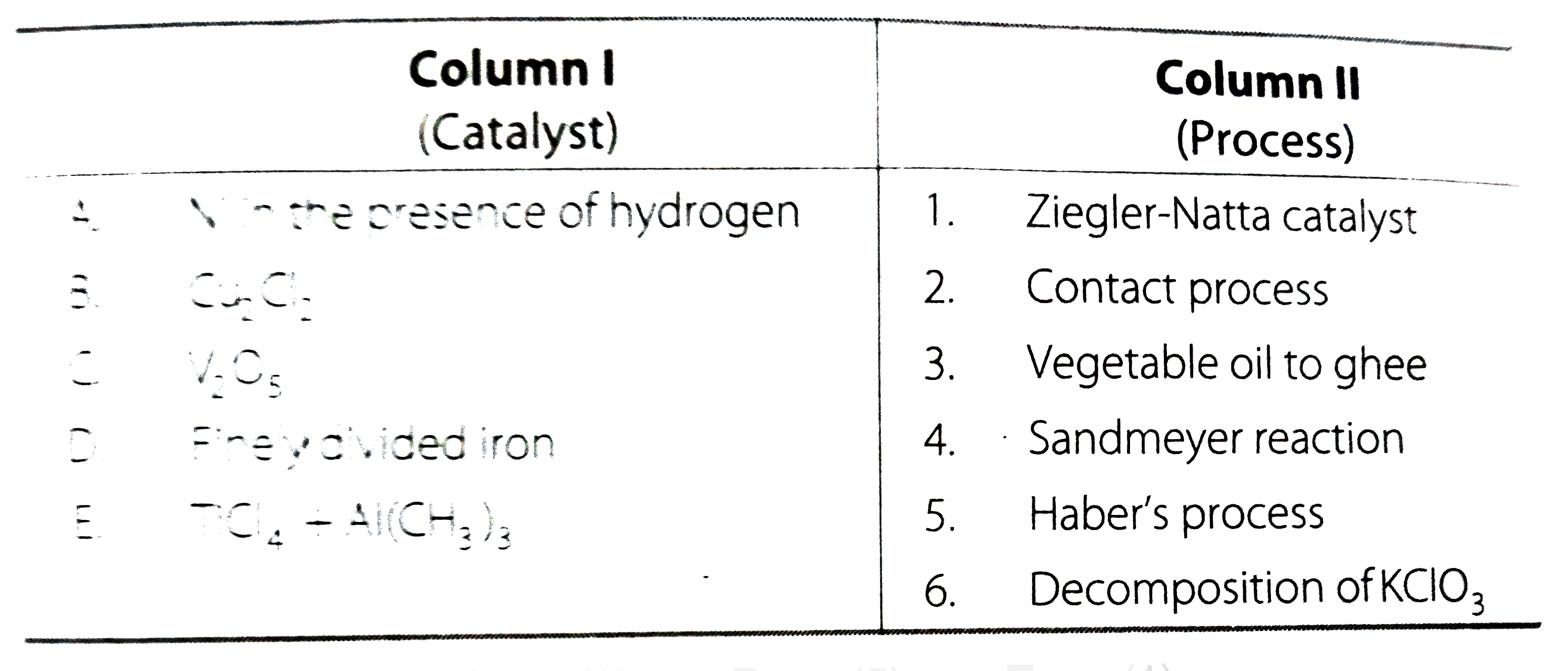 AA. →(3)B→(2)C→(5)D→(1)
AA. →(3)B→(2)C→(5)D→(1)
Match the reactions given in Column I with the statements given in Column II

View SolutionMatch the reactions given in Column I with the statements given in Column II.
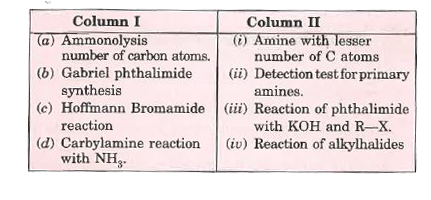
View SolutionMatch the statements in Column I labeled as (a), (b), (c), and (d) with those in Column II labeled as (p), (q). (c), and (s). Any given statement in Column I can have correct matching with one or more statements in Column II.
Match the observation given in Column I with the experiments given in Column II.
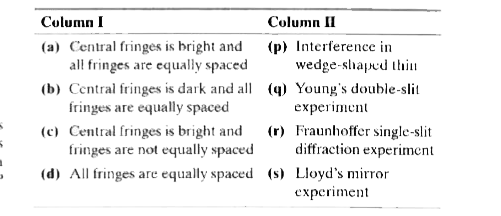
View SolutionMatch the terms given in Column I with the statements given in Column II
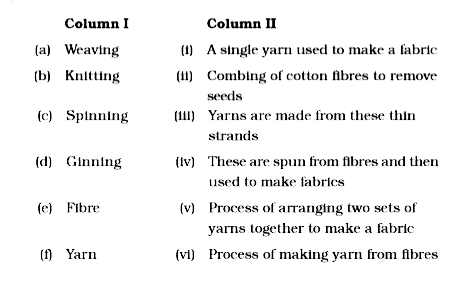
View SolutionMatch the pollutants given in Column I with their effects given in Column II.

View SolutionMatch the catalyst given in Column I with the processes given in Column II.

View SolutionMatch the terms given in Column I with the compounds given in Column II.
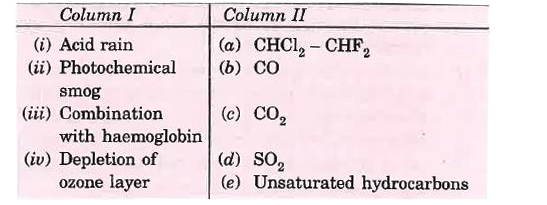
View Solution

